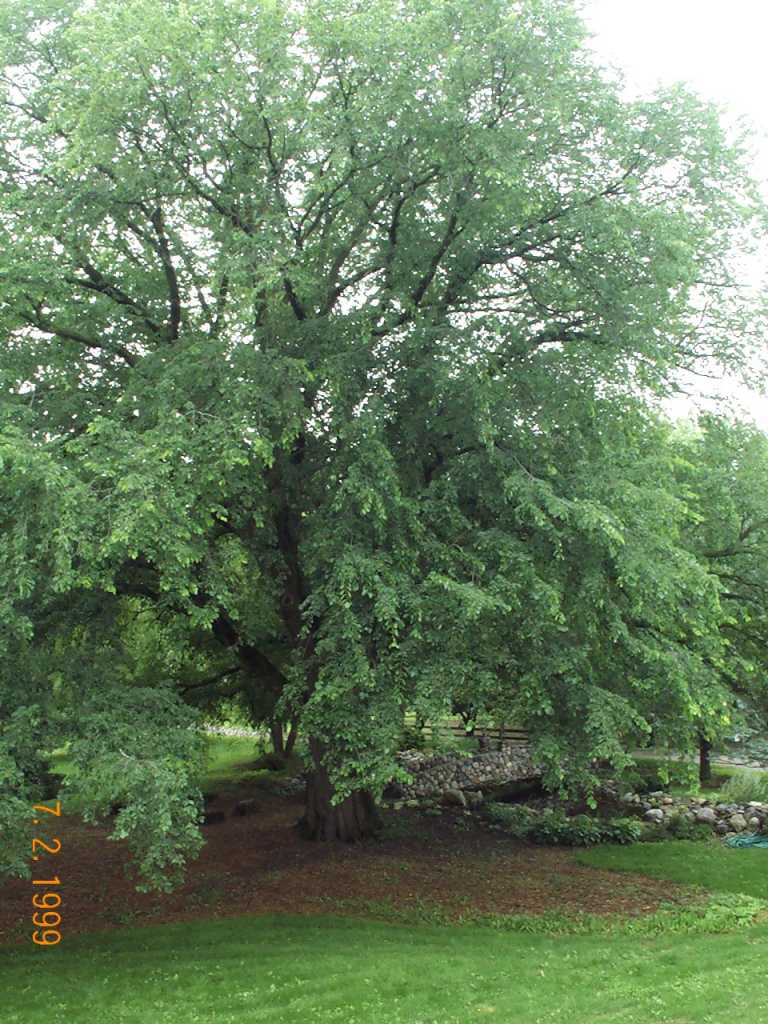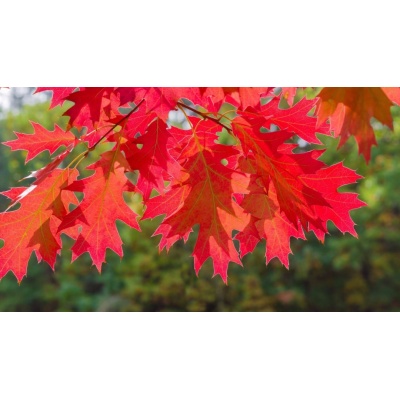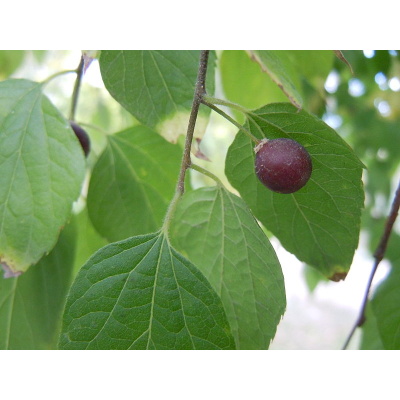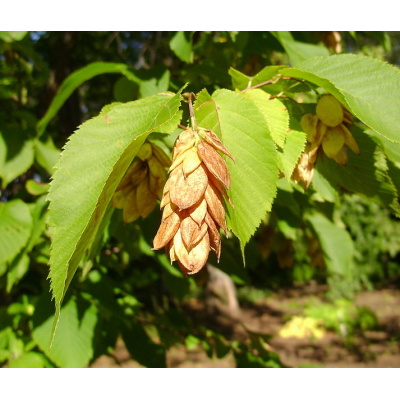Description
 St Croix™ American Elm
St Croix™ American Elm
Ulmus americana ‘St Croix’ PP20,097
St. Croix™ Elm is a new and distinct American elm with exceptional tolerance to Dutch elm disease. With a grand, vase shape and an open, spreading canopy, St. Croix™ promises to revitalize this well-loved shade tree. Its summer foliage is a beautiful dark green with fall foliage turning a wonderful yellow.
Height: 60-75′
Width: 70-90′
Exposure: Full Sun
Zone:3-6
Additional Attributes
Foliage: Dark green
Growing Tips
Pruning: Early spring
Watering: Medium
Fertilizing: Balanced NPK




Reviews
There are no reviews yet.